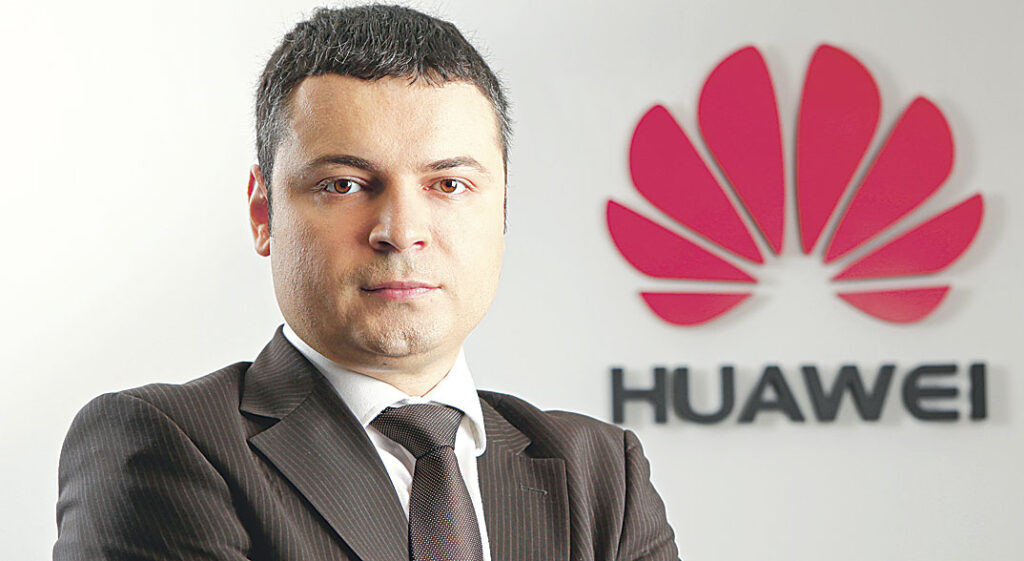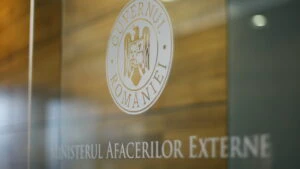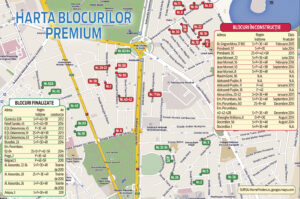The giant telecom producer entered the European market back in 2000, while Romania became a target three years later, when the company established here its strategic focus point in Eastern Europe. Since 2012, Huawei’s investments here ramped up, with the opening of one of its four global services centres in Bucharest, providing technical support not only for Central and Eastern Europe, but also for Scandinavian and Western countries. It was the result of a 6 million euros investment and, by 2018, its development will absorb another 100 million – while impressive, this amount accounts for only half of the investments announced back in 2012. Still, this sum complements the 90 million euros already pumped in the 2007-2012 interval.
Huawei România currently employees 900 people, 700 of them Romanian, and provides some 2,500 temporary jobs in its operational units in the country. Its global services centre (GSC) amploys 400 engineers, while its Accounting Service Shared Center (ASSC) has 245 workers, out of which 165 are Romanian. “By the end of 2014, our aim is to reach 1,200 employees, out of which 70% will be represented by local workforce. For Huawei, Europe is one of the most important strategic markets, a major long-term investment destination and a global management centre. This is why we would like to enhance our local footprint, to increase our workforce and our local acquisition budget, thus capitalizing on the regional centres. Romania is and will continue to be one of our landmark markets in Central and Eastern Europe”, says Vlad Doicaru, Integrated Accounts Director, Huawei Romania. The company owns a factory in Hungary where it plans to manufacture all the products for the European market. This is why, Doicaru makes it clear, Huawei has no plans to open a smartphone and tablets manufacturing capacity in Romania, where all investments will be canalized toward the GSC and ASSC facilities.
A state-oriented business model
As planned, the turnover generated by Huawei’s local subsidiary and other business entities in 2012 was 260 millions USD. Only its subsidiary company reported a 127 million USD turnover, a 32% increase over the 2012 results. For this year, Vlad Doicaru expects a similar performance. Globally, Huawei reported revenues of USD 39.5 Billion, only 36% of which came from the Chinese market. The main local contracts for Huawei Romania target the development and improvement of networks for four telecom operators in the country: Romtelecom, Vodafone, Orange and RCS&RDS.
Last November, Huawei signed a Memorandum of Understanding with the Romanian Government providing that the Chinese multinational will be involved in the development of the national telecom system, the road traffic monitoring and surveillance system, some e-government projects, Smart City and broadband projects, all initiated by the Romanian government. Furthermore, the Ministry of Communications and Informational Society announced it will offer Huawei the necessary support in order to launch an integrated network project for Transelectrica, according to a memorandum of understanding signed back in 2012.
Recruiting and salaries
Back in 2012, Huawei planned to apply for an aid scheme for companies that generate at least 200 jobs in three years. According to Vlad Doicaru, the company gave up on this process, but its recruiting plans remained intact. Meanwhile, Huawei picked eight students from universities all around the country to attend a training program in its headquarters in Shenzen, China. The program is part of the memorandum signed last year by the Romanian Government. Following the training session in China, three of the trainees, all of them studying technical sciences, earned a job offer from Huawei Romania. For the first few months, they are expecting a monthly pay of about 2,500 lei.
Huawei was founded in 1987 by Ren Zhengfei, ranked 193rd on Forbes’ China Rich List, with a net worth of USD920 million. Zhuavei leads the company and owns 1%-2% of its shares: the remaining shares are split between employees.






